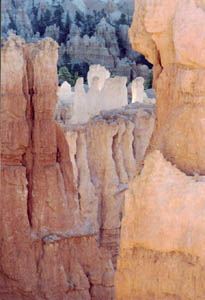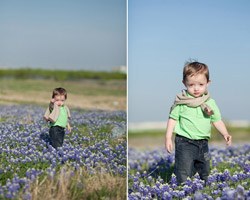Now that the weather is warming up, you’re probably going to find yourself bringing your camera outdoors more often to capture some seasonal nature and landscape photos. While some experts recommend avoiding certain times of day completely in order to achieve the best natural lighting situation, it’s important for expert photographers to be knowledgeable of best practice in all conditions- including harsh, midday sunlight.
The sun is directly overhead, beating down on you and the surrounding scenery. When you first peer through your viewfinder, you’re likely going to be met with jarringly bright light and uncomfortably deep shadows. What should you do?
Tips for Photographing Under Direct Sunlight- Attempt Backlighting
- Work With a Reflector
- Try a Fill-In Flash
To effectively execute the backlighting technique, you’ll simply need to position the subject (let’s say you’re photographing the large oak tree in your backyard) between yourself and the sun. Adjust your exposure to accommodate your subject, then notice the ethereal, bright outline the sun creates behind it.
Another option, depending on what kind of gear you have at your disposal, is to use a white or neutral gray colored reflector to help light up your subject with a soft, gentler diffused light. When you’re experimenting with this technique, you’ll likely achieve the best results if you position your subject somewhere in which it’ll be primarily lit by the diffused light you’re controlling, not by that natural direct overhead.
If you can, try to use your camera's flash directly on a given subject in an attempt to reduce contrast and create a more pleasant balance of tones. However, when employing this method, it’s worth considering that this leaves you vulnerable to a somewhat flat and two-dimensional look. To avoid this, make sure that the flash you’re using is only strong enough to fill in the details in shadier areas within your composition.







